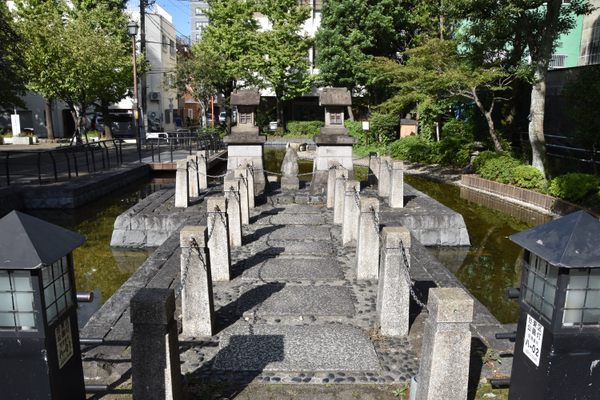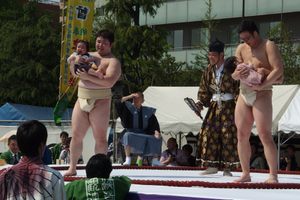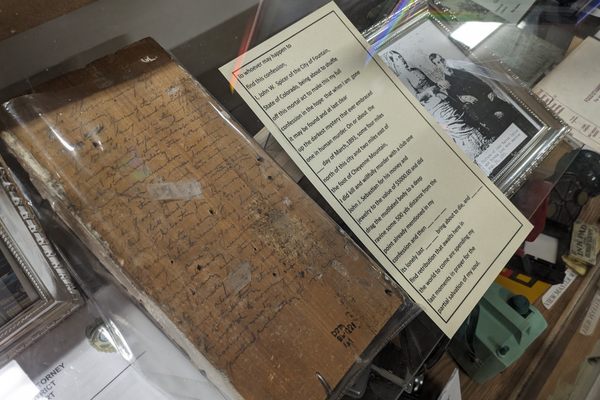About
The Hanakawado neighborhood of Asakusa isn’t quite among its tourist attractions, but it’s home to a haunting feudal-era legend of a serial killer.
Back in the 6th century, around the time Sensō-ji Temple was founded, the area was known as Asaji-ga-hara, a wasteland of cogongrass. Barely developed, travelers had to resort to staying at the one old hut that stood by a lake after dark to avoid getting lost or robbed—unaware that a far worse fate awaited them.
Living in the crumbling house were an old woman nicknamed the “Hag” and her young daughter. The Hag would murder the travelers in their sleep, smashing their heads with a piece of rock, and steal their money. Then she discarded the bodies into the lake, much to the daughter’s dismay.
One evening, as the Hag’s body count came up to 999, a lone toddler asked them for a night’s lodging. As usual, the Hag swung a rock down on the sleeping victim without a moment’s hesitation—only to discover that it was none other than her own daughter, who had sacrificed herself to put a stop to the slaughtering spree.
In grief and despair, the Hag was faced by the toddler, who revealed herself to be Kannon of Sensō-ji Temple. In one variant of the story, the Buddhist goddess turns the Hag into a dragon, but most versions claim that the Hag either drowned herself in the lake or became a nun and spent the rest of her life praying for her victims.
The legend inspired a number of artists during the Edo period, including Utagawa Kuniyoshi and Hiroshige, as well as poets and kabuki playwrights of the era.
The lake in the story was named Ubagaike, or the “Hag’s Pond.” It once spread far and wide towards the banks of the Sumida, but most of it was landfilled by the dawn of the 20th century. Today, all that remains of it is a small pond recreated in a children’s park, marked by a monument commemorating the site of Ubagaike.
Related Tags
Hidden Japan: Sado Island, Nara & Kyoto
Explore a different side of Japan.
Book NowCommunity Contributors
Added By
Published
October 23, 2023






















